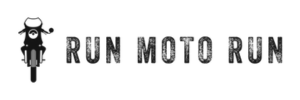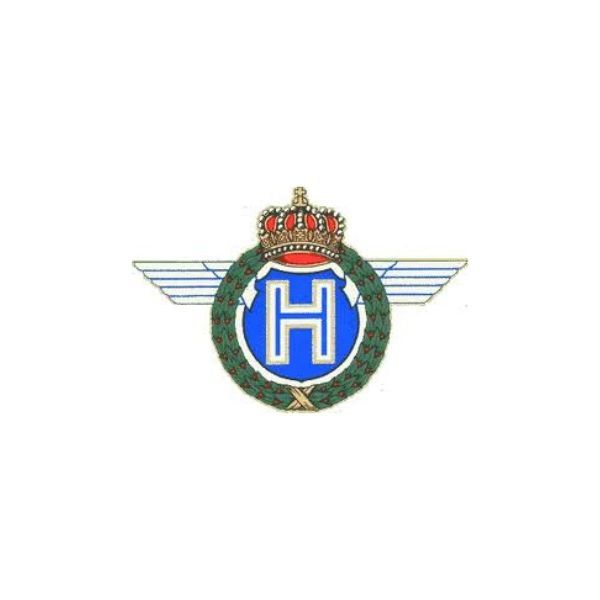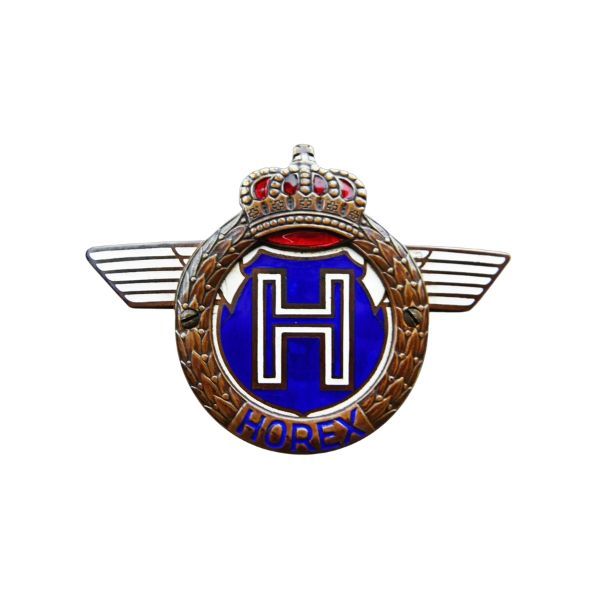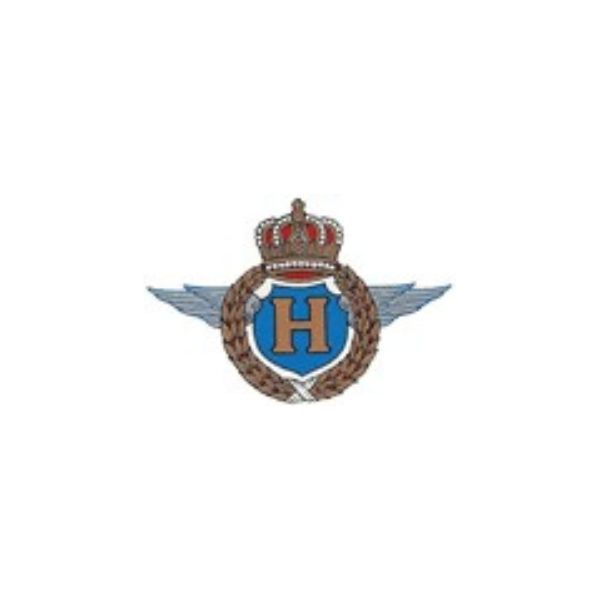Horex
The journey of Horex Motorcycles is a captivating story of perseverance, innovation, and resilience. As a prominent name in the annals of the German motorcycle industry, Horex was born in 1923, a year that marked the advent of an enduring legacy in motorcycle engineering. The mastermind behind Horex was Fritz Kleemann, an entrepreneur whose name is deeply entwined with the origin and growth of Horex - Fahrzeugbau AG. The brand, Horex, encapsulates a dual homage in its nomenclature. The initial 'Ho' pays tribute to its birthplace, the historic city of Bad Homburg in Germany, renowned for its charm and grandeur. 'Rex', on the other hand, is a Latin term for 'King', symbolizing the brand's relentless pursuit of excellence and dominance in the industry.

Upon the formation of Horex, Kleemann partnered with Columbus, an esteemed engine manufacturer of that era. Together, they designed robust motorcycles that housed 250-cc single-cylinder four-stroke engines, and their range extended even further. The Second World War took a devastating toll on the company, with it being nearly obliterated. However, a phoenix-like revival took place in 1950, giving birth to the Horex Regina, available in 250cc, 350cc, and 400cc versions. The Regina, acclaimed for its air-cooled brakes, noise-reducing chain, and advanced front suspension system, became one of the top sellers of its time.
Horex continued to innovate, launching the 500cc Imperator. Despite this model suffering mechanical shortcomings and not living up to the Regina's success, it still found a niche market amongst American police units under the brand Zundapp. The late '50s saw a financial crunch hitting the German motorcycle manufacturers, including Horex. The brand was subsequently purchased by Mercedes, not with the aim to foster, but to eliminate potential competition.
The Horex brand name was inherited from the Rex trademark of the parent canning glass company, Bad Homburg. After its dissolution by Daimler-Benz AG in 1960, Horex found new life in 2010 under Horex GmbH in Augsburg. A bankruptcy filing in 2014 led to the Horex brand being taken over by 3C-Carbon Composite Company GmbH in January 2015.
Fritz Kleemann's journey with Horex was one of passion. As a motorcycle racer, he designed and tested his own Horex motorcycles. The first "real" Horex model was a 248cc, OHV, a model that was thoroughly tested in racing. Horex was a brand for the riders, made by the riders.
Horex motorcycles have had an exciting journey with engines from Motorenfabrik Oberursel since their merge in 1925. These models ranged from 250cc to 600cc single-cylinder motorcycles. The introduction of the 600cc S6 and 800cc S8 twins, both with chain-driven OHC valvegear, were major milestones.
The Regina and Imperator models were a testament to Horex's innovation during the post-WWII period. Despite their limited exportation, these models gained a legendary status in Germany.
Horex motorcycles experienced a revival when the brand announced a supercharged, six-cylinder Horex model in 2010. Despite bankruptcy and factory closure in 2014, the 3C-Carbon Group AG's acquisition in 2015 kindled hope for the future of Horex.
Additional Horex Logos
Author: William Flaiz
